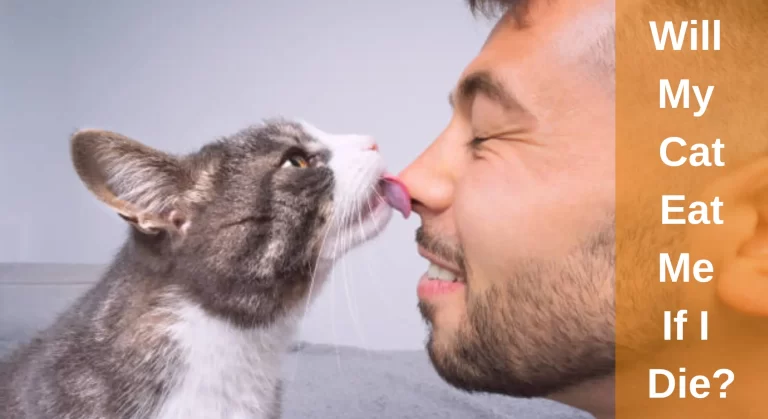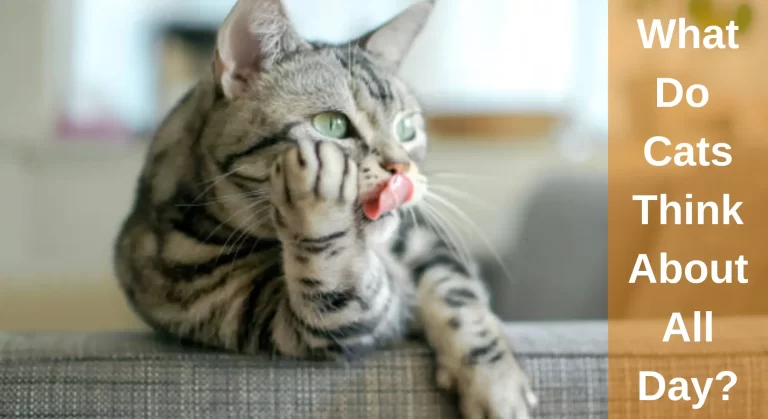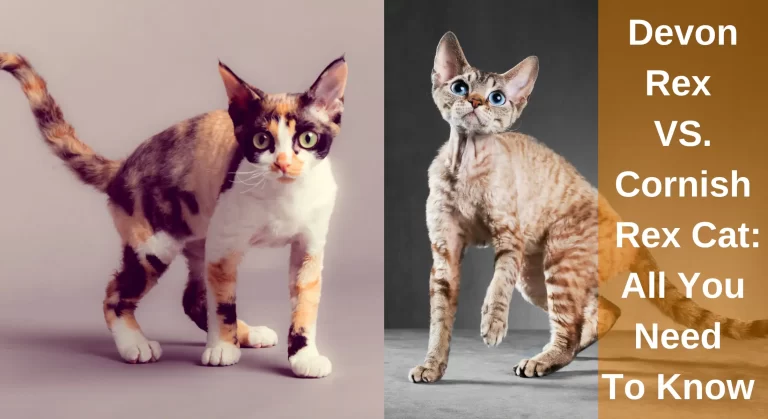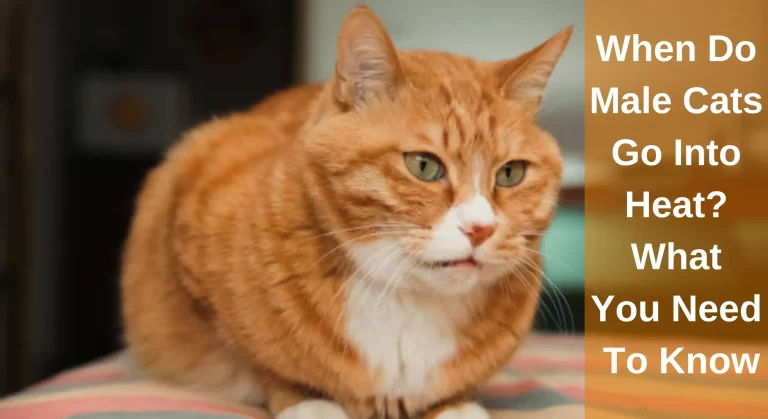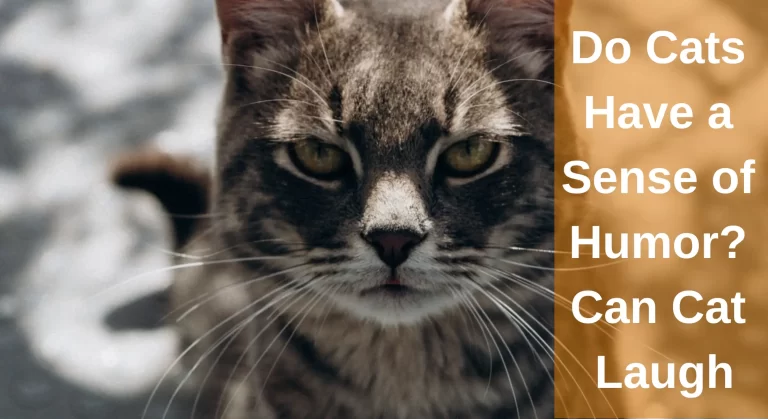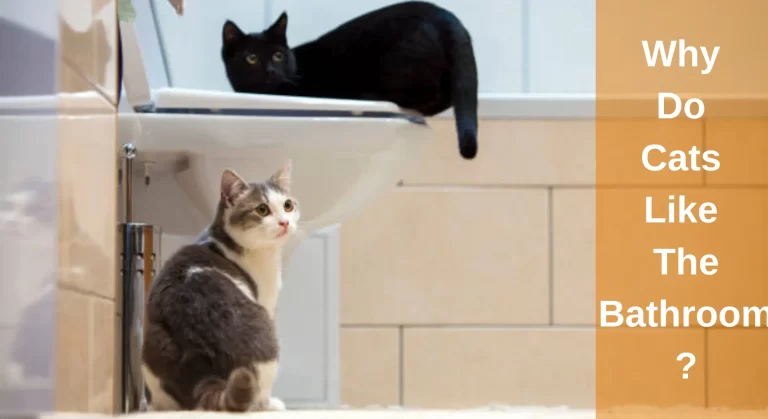Vomiting Vs Regurgitation In Cats – Symptoms, Causes & Treatment
Regurgitation In Cats
The passive removal of fluid, food and other things from the esophagus or throat is called regurgitation. A burping cat will bow its head and willingly spit food out of its mouth. Because the reflux food never reaches the stomach, the discharged food looks like chewed kibble.
Regurgitation Symptoms In Cats
Meanwhile, pet owners typically notice cat regurgitation around 30 minutes after the cat has finished eating. The kitten bowed its head effortlessly and spat out the food from its mouth. However in regurgitation evicted food, unlike vomited food, is not digested since it never reaches the stomach acid.
Conversely, the spew-out aliment appears masticated, mucus-covered, and tube-shaped, complementing the circumference of the esophagus. There is no nausea or abdominal contractions associated with this condition. Cats sometimes try to eat food they just brought out.
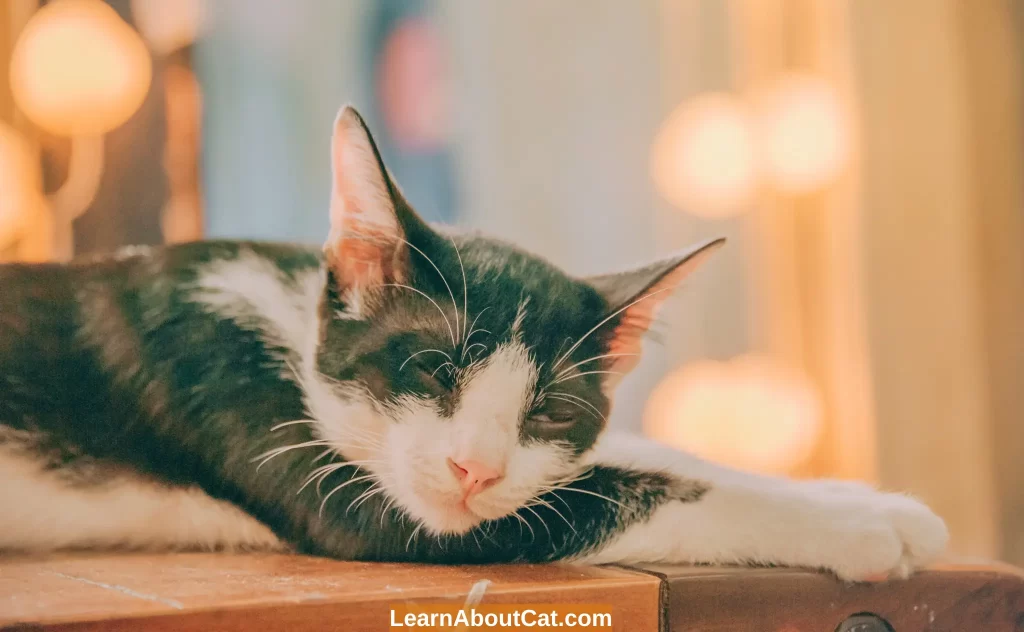
Causes Of Regurgitation In Cats
Usually, regurgitation in cats is caused by a disease of the esophagus, which can be the result of exercise or obstructive disease. Some common causes of cat regurgitation are as follows
- Eating too quickly can cause belching. Use a food bowl with a large surface area to spread out the food so your cat can eat one piece at a time, or use a slow feeding bowl.
- Overeating can lead to regurgitation, so consider giving your cat small portions or small pieces of food. Worrying or anxious about feeding.
- Overeating can lead to regurgitation, so consider giving your cat small portions or small pieces of food. Worrying or anxious about feeding.
Diagnosis Of Regurgitation In Cats
Furthermore, regurgitation in cats can be caused by a variety of underlying diseases, so your veterinarian will need to perform a variety of diagnostic tests. Consequently, he/she will undertake tests to identify what’s really causing your cat to spew food. It is critical for cat owners to describe regurgitation events in cats.
However, describing what happens when a cat ruminates can help a veterinarian determine which diagnostic tests are needed. Pet owners can even capture a video of their cat regurgitation on their phone to distinguish regurgitation from vomiting.
Radiographs Of The Thorax
A radiograph, often known as an x-ray, is a type of imaging that employs radioactive radiation to see inside the body. The doctor may be able to detect an esophageal blockage or a throat anomaly.
Endoscopy
An endoscopy is a flexible tube with a camera that is passed down the feline’s esophagus, allowing the veterinarian to see the interior of the throat without intrusive procedures.
Cytology
Likewise, the acquisition of cells, fluids, or tissues for examination under a microscope to ascertain the nature of the material is characterized as cytology. A veterinarian might retrieve a sample from a cat’s esophagus to test for the existence of an infection, inflammation, or tumors.
Regurgitation Treatment In Cats
If the veterinarian believes that normal feeding is not possible or may cause additional damage to the esophagus, the cat may be provided nutritional assistance through an esophageal tube during the therapy procedure. If the cat requires surgery or has been diagnosed with cancer, and esophageal tube, often known as a feeding tube, may be implanted.
Surgical Intervention
Above all, localized treatment is widely used to treat esophageal strictures, vascular ring abnormalities, neoplasia, and other localized obstructions.
Chemotherapy
Additionally, chemotherapy is most commonly used to treat mediastinal lymphoma or squamous cell carcinomas that cause esophageal compressions.
Medication
Mostly, anti-inflammatories, antibiotics, and parasite medication may be prescribed.
Importance Of Differentiating Vomiting From Regurgitation
It is also vital to distinguish vomiting from regurgitation, which is frequently linked with esophageal difficulties and is a more passive procedure. The following characteristics assist distinguish vomiting from regurgitation:
- Vomiting usually entails abdominal contractions, whereas effort regurgitation usually happens rapidly and without abdominal spasms.
- Regurgitation is common immediately after eating or drinking.
Vomiting In Cats
However, vomiting is an active process that is generally characterized by severe slobbering and anxiety, and an owner may witness their cat licking their lips or arching their neck in an odd manner.
When a cat vomits, his stomach walls contract, forcing the contents of the stomach to evacuate the esophagus and out onto the ground. Together with the varied sensations, the acid reflux usually includes an orange fluid called bile or sputum
Signs And Symptoms Of Vomiting
Since, vomiting might start with sickness, in which the cat seems restless and possibly agitated. As a result, the cat may wipe its lips, drool, and swallow periodically. The tightening of the abdominal muscles causes vomiting, which results in the outflow of fluids, mucous, or food. As vomiting is a painstaking process, it can be upsetting for the cat.
It is essential to differentiate vomiting from cough-induced abdominal contractions. Cats can cough up froth or frothy substances that they later swallow. It is beneficial if you can show your veterinarian a video of your cat displaying the activity so that they may assist you in distinguishing coughing from vomiting.
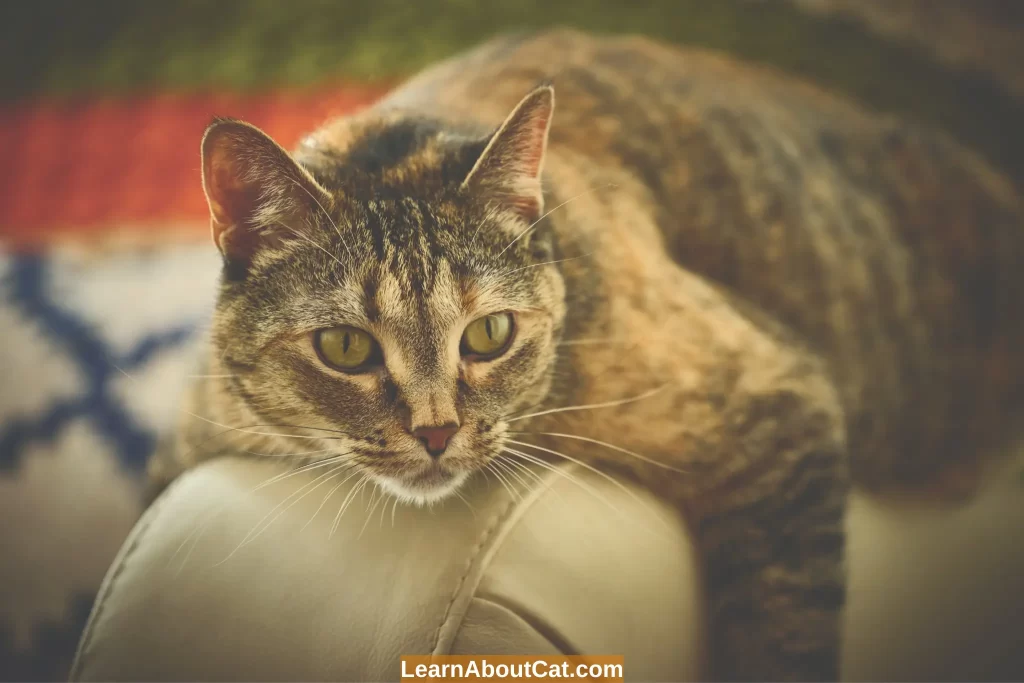
The Causes Of Cat Vomiting
Indeed, your cat might vomit for a variety of reasons. Remember that the type of vomiting your cat has (occasional, acute, or chronic) is likely to have a lot to do with the underlying reason, so it’s best to check with a veterinarian. Here are some of the most prevalent causes of cat vomiting:
Ingestion Of Substance
Mainly the consumption of anything that interferes with your cat’s stomach frequently causes sudden, severe vomiting. These compounds can range from very innocuous (spoiled food, bitter plants) to potentially lethal (human medications, poisonous chemicals, string or yarn).
Hairballs
Hairballs are wet, undigested wads of hair that practically all cats acquire. Hairball vomiting is typically followed by hacking sounds, spasms, and, of course, the ejection of a ball of hair. Most hairballs are easy to remove, but if your cat can’t manage to get one out, consult your veterinarian to determine whether it might potentially cause intestinal obstruction.
Bacteria, Viruses, And Parasites
Vomiting can be caused by bacterial and viral illnesses in your cat’s digestive tract. Similarly, a gastrointestinal parasite may cause frequent vomiting in a cat that is unable to properly metabolize food.
Bottom Line On Vomiting Vs Regurgitation In Cats
Since vomiting and regurge may appear to be the same thing, they are two very separate phenomena, as well as clinical indicators of two very different groups of possible issues in cats. Vomiting is a strong expulsion of material from the abdomen. It is an active procedure that is generally accompanied by retching and stomach muscular tightness.
Conversely, regurgitation is a rather passive phenomenon. Regurgitation is significantly more sneaky and silently happening and sometimes only found when you walk in the results.
Who is Isabella?
My name is Isabella, and I am a dedicated and knowledgeable cat enthusiast. With years of experience caring for cats and a deep love for felines, I made a mission to help other cat lovers navigate the challenges of cat ownership.

